Community Care and Power in Pico-Union
The Community Care & Power Network, a project of the United Way of Greater Los Angeles, is an effort to build a new shared economy and re-imagined social infrastructure from the ground up with Los Angeles’ most underinvested communities. Starting with Pico-Union as a pilot neighborhood, the goal of the Network is to transform communities into vibrant hubs to live, learn, work, and play with a special focus on:
- Resources & systems that reinforce Mutual Aid & a People-Powered Social Safety Net
- Cooperatives & trusts that build Local Ownership & Shared Community Assets
- Spaces, activities and events that create Social Agency & Belonging
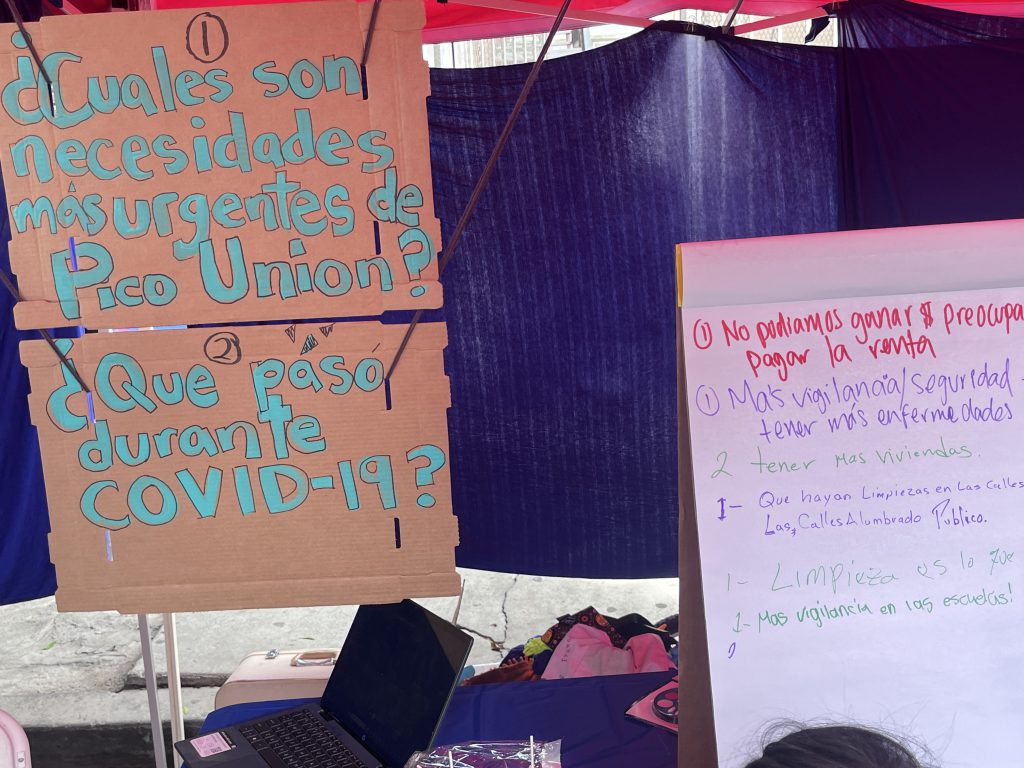
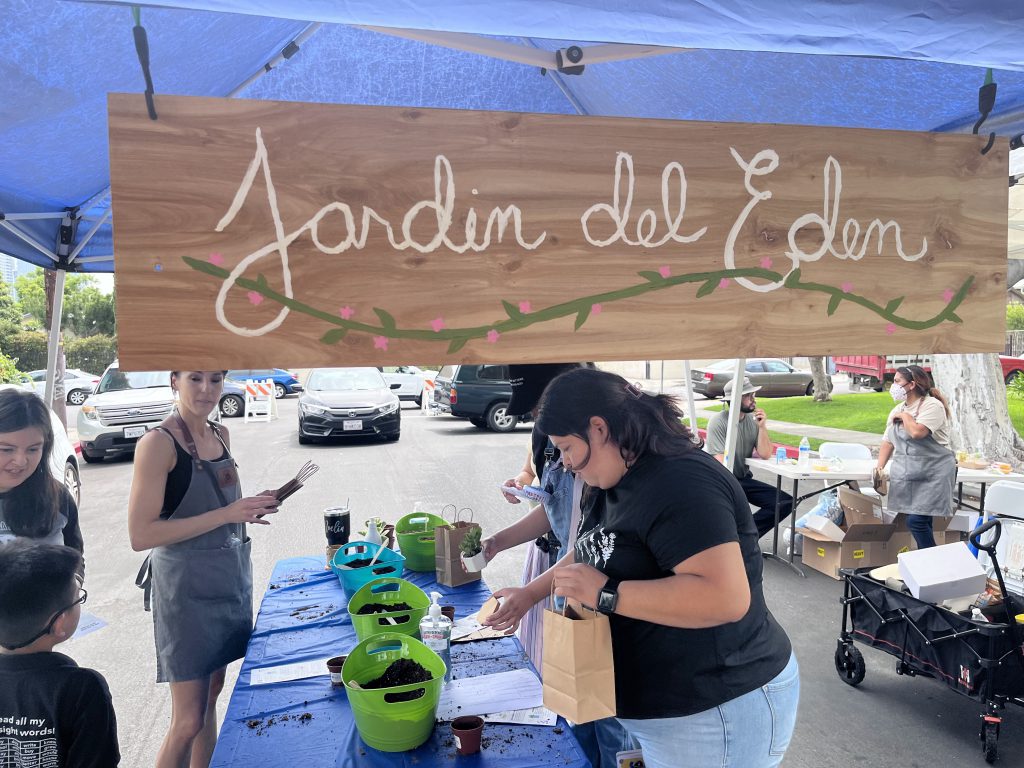
United Way eventually aims to expand the Network across Los Angeles County to 5 Supervisorial Districts, 8 Service Planning Areas, & Los Angeles Council Districts with the larger vision of ensuring every neighborhood has the systems, spaces, and resources to create their own solutions to crisis and build shared prosperity, ultimately forming a network of connected communities into an eco-system that powers a new regenerative economy for Los Angeles.
We need equal access to opportunities and resources that will even the economy in our favor because we are the workers.
Pico-Union Resident
United Way is partnering with a number of community-based organizations in the Pico-Union neighborhood to co-create this work, including the L.A. Red Shield Community Center, the Institute of Popular Education of Southern California (IDEPSCA), the Pico Union Project, as well as several of the elected officials representing the community.
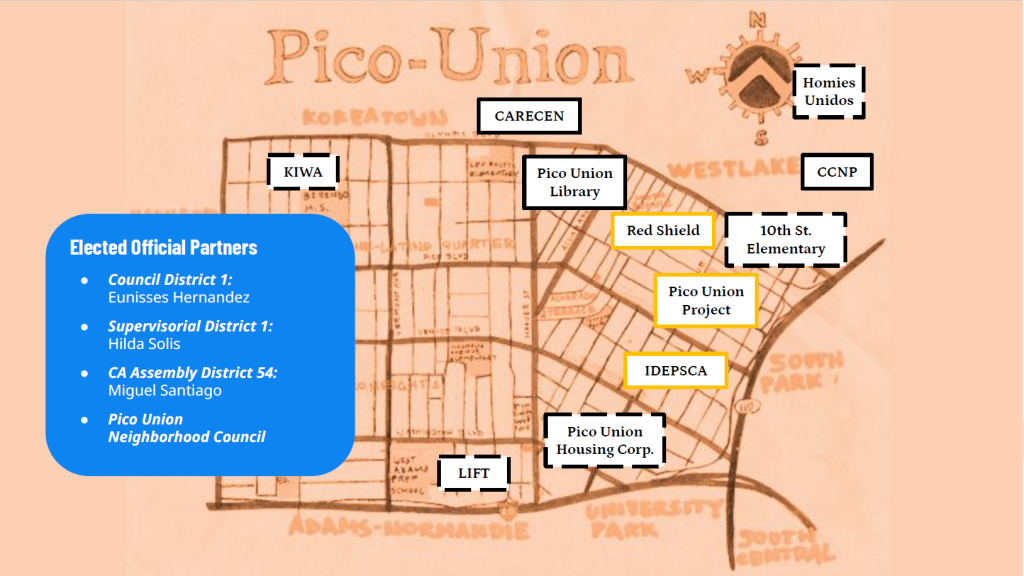
As a part of the first phase of the project, United Way is working with Dr. Alfredo Carlos to create an Asset Map of the community. Dr. Carlos has conducted interviews, focus groups and a survey with Pico-Union residents to understand the existing assets (events, programs, organizations and collectives) in the community as well as the collective needs, experiences, skills, aspirations and vision that Pico-Union residents have for their neighborhood.
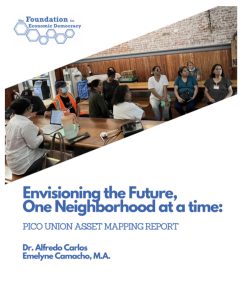 The Pico Union Asset Mapping Report finds that the Pico Union area has a wide set of assets and talents ranging from the communities deep knowledge of agricultural work, crocheting and sewing, crafts, cooking, resource sharing, and community organizing. The asset mapping report utilized a strength based and community based participatory action approach to incorporate stakeholders and community members into the research process. The report reveals that community members have been vocal about their needs, advocating for more expansive child care infrastructure, more flexible employment, neighborhood safety/cleanliness, and affordable housing. Overall, participants involved in the asset mapping process brought up issues of community need, poverty and inequality, migration, and wage concerns. The asset mapping report recommends implementing maker spaces and community led workshops, monthly night markets, community gardens, child care cooperatives, community trainings, giving circles, or a cooperative plant business to help address these community concerns.
The Pico Union Asset Mapping Report finds that the Pico Union area has a wide set of assets and talents ranging from the communities deep knowledge of agricultural work, crocheting and sewing, crafts, cooking, resource sharing, and community organizing. The asset mapping report utilized a strength based and community based participatory action approach to incorporate stakeholders and community members into the research process. The report reveals that community members have been vocal about their needs, advocating for more expansive child care infrastructure, more flexible employment, neighborhood safety/cleanliness, and affordable housing. Overall, participants involved in the asset mapping process brought up issues of community need, poverty and inequality, migration, and wage concerns. The asset mapping report recommends implementing maker spaces and community led workshops, monthly night markets, community gardens, child care cooperatives, community trainings, giving circles, or a cooperative plant business to help address these community concerns.
These findings are integrated throughout this data story. Read more on the Pico Union Asset Mapping Report here!
This data story provides a demographic overview of Pico-Union as well as data related to some of the key needs shared by residents about their community. It closes with a description of the talents and skills that Pico-Union residents have and the visions they shared for their community.
Demographics of Pico-Union
Pico-Union, named for the area that surrounds the Pico Boulevard and Union Avenue intersection, is home to approximately 38,700 residents as of 2021. The neighborhood is located immediately west of Downtown Los Angeles in the heart of the city. According to the American Community Survey (ACS), as of 2021, the median household income in Pico-Union was $43,400 compared to the LA County average of $76,000.
One of Pico-Union’s many assets is its large immigrant population. As of 2021, 53% of Pico-Union residents were immigrants compared to 33% of residents countywide. However, as shown in the graph below, the share of Pico-Union residents who are immigrants has fallen over the last decade, down from 62% in 2012. Furthermore, 69% of immigrants in Pico-Union are not naturalized U.S. citizens, compared to 46% of immigrants in LA county (2021 ACS).
As an immigrant, it prevents us from obtaining legal documents. Being illegal is a serious problem in the majority of places. You are being discriminated against in that sense. You have a California ID? No. Oh, I'm very sorry, but they do not give you a job. So that's why people dedicate themselves to being their own and depend on themselves.
Pico-Union Resident
Pico-Union residents hail from a diverse set of countries and heritages. 81% of residents identify as Hispanic/Latino, 11% identify as Asian, 4% identify as White and 3% identify as Black/African American. Among Hispanic/Latino residents, 50% identify as Mexican, 22% identify as Salvadorian, and 16% identify as Guatemalan. Among Asian residents, 73% identify as Korean, 7% identify as Filipino, 5% identify as Chinese and 4% identify as Vietnamese (2021 ACS). Flip between yellow boxes on the visualization below to see the cultures and countries represented in Pico-Union.
Needs: Housing
Pico-Union residents uplifted housing as one of the core needs in the community. In 2021, 36% of Pico-Union households were considered “overcrowded” – meaning there was more than one person per on room of their housing unit – more than three times the countywide average. Furthermore, just 10% of Pico-Union households owned the home they lived in as of 2021 compared to 46% countywide. Among the large renter population in the neighborhood, nearly 60% were considered “rent burdened,” meaning they pay more than 30% of their income on rent and utilities alone. According to the 2022 Greater Los Angeles Homeless Count, there were over 400 individuals experiencing homelessness living in Pico-Union. These numbers suggest that the majority of Pico-Union residents are struggling to afford their housing and highlight why the issue was raised as a critical need among residents during interviews and focus groups.
What is especially needed is housing…Yes, housing that we can afford. Well, that everyone can afford. Look, there are so many people living together. Very tight and no, it's not ok…
Pico-Union Resident
Needs: Employment and Work
Pico-Union residents also uplifted access to quality employment and well-paying jobs as a key need in the community. 95% of Pico-Union residents commute outside of Pico-Union for work, demonstrating a lack of viable employment options in the community. The map in blue below shows where Pico-Union residents are commuting to for work, with many commuting to Downtown LA, Westlake and Beverly Hills and other parts of the Westside. By contrast, the map in red below shows where people who work in Pico-Union are living, with many living in Westlake, East Hollywood and South LA.
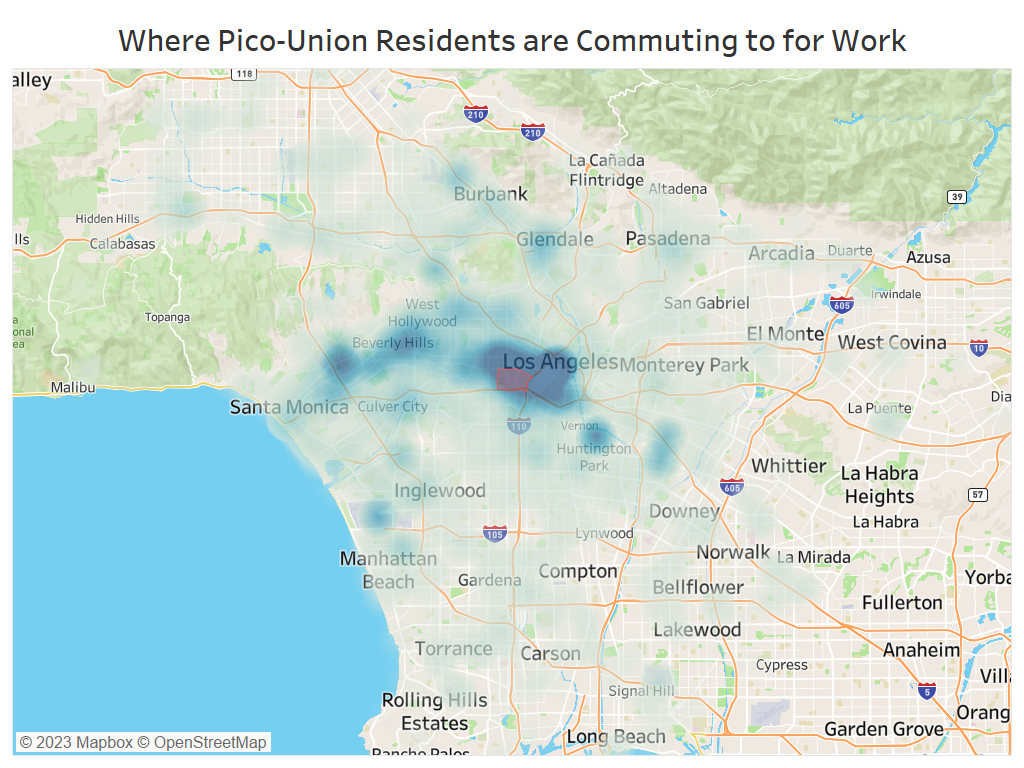
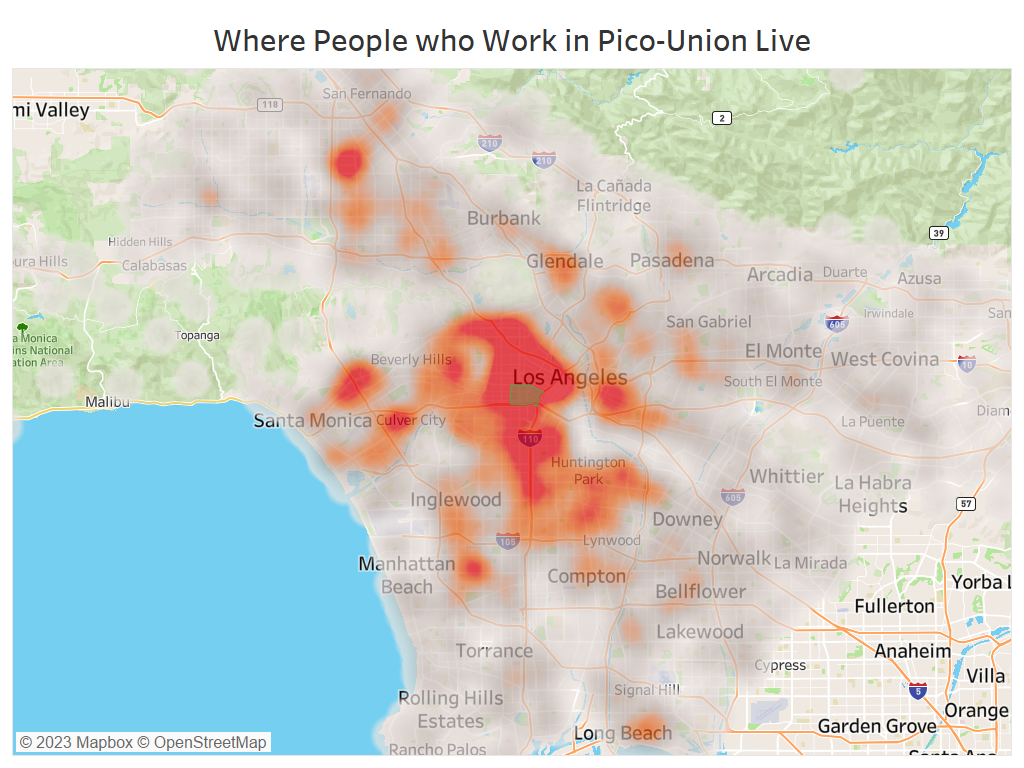
Most people are not stable in work situations. And yes it is quite difficult. Some of us count on that. I think it is a blessing to be able to find a little job that is flexible. Yes. But there are many people who unfortunately cannot find it and struggle. And unemployment is a very, very delicate issue in our community.
Pico-Union Resident
While the unemployment rate in Pico-Union was 7.03% as of 2021, just higher than the LA County average of 6.18%. However, as shown in the graph below, Pico-Union’s unemployment rate has been significantly higher than the LA County average, peaking at 15.79% in 2013.
During focus groups and interviews, residents also uplifted their talents and visions for the community, shared below.
Talents

Teaching
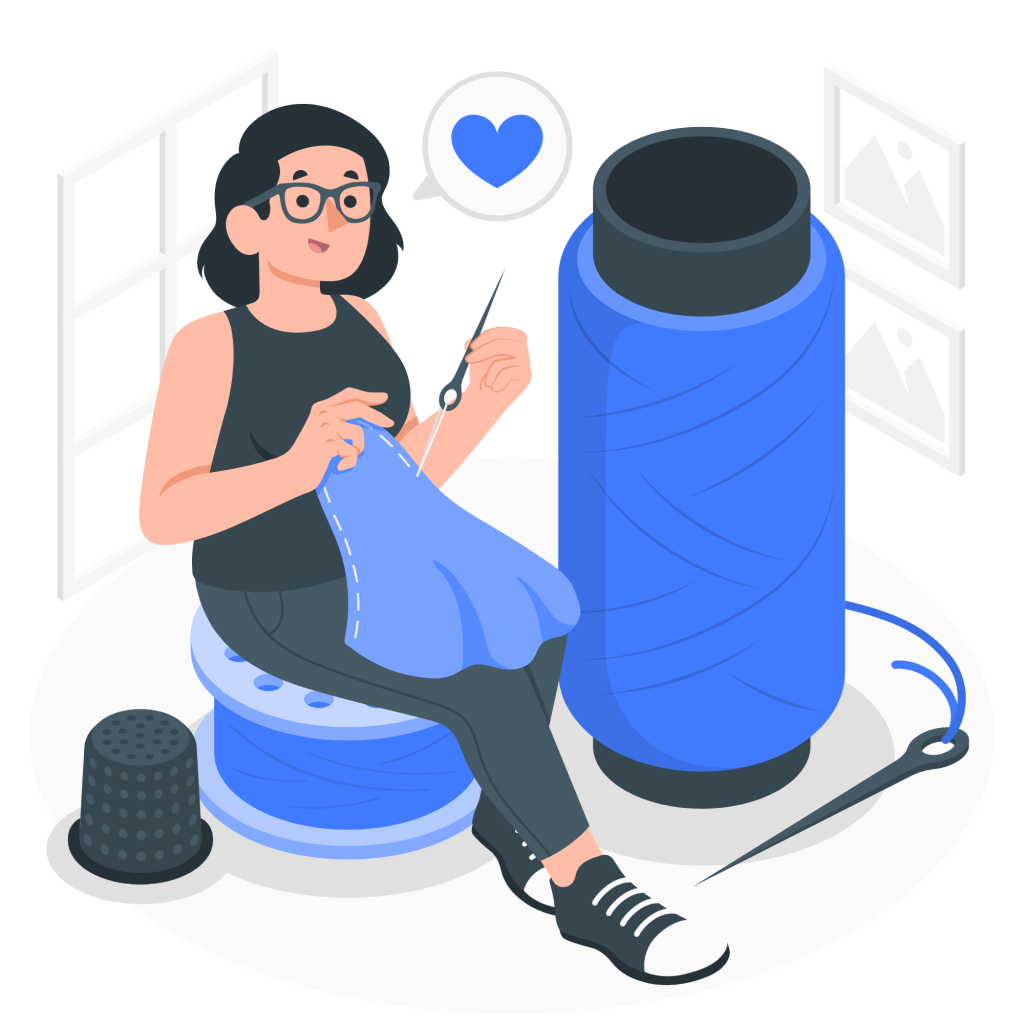
Machinery - Sewing and Airplane
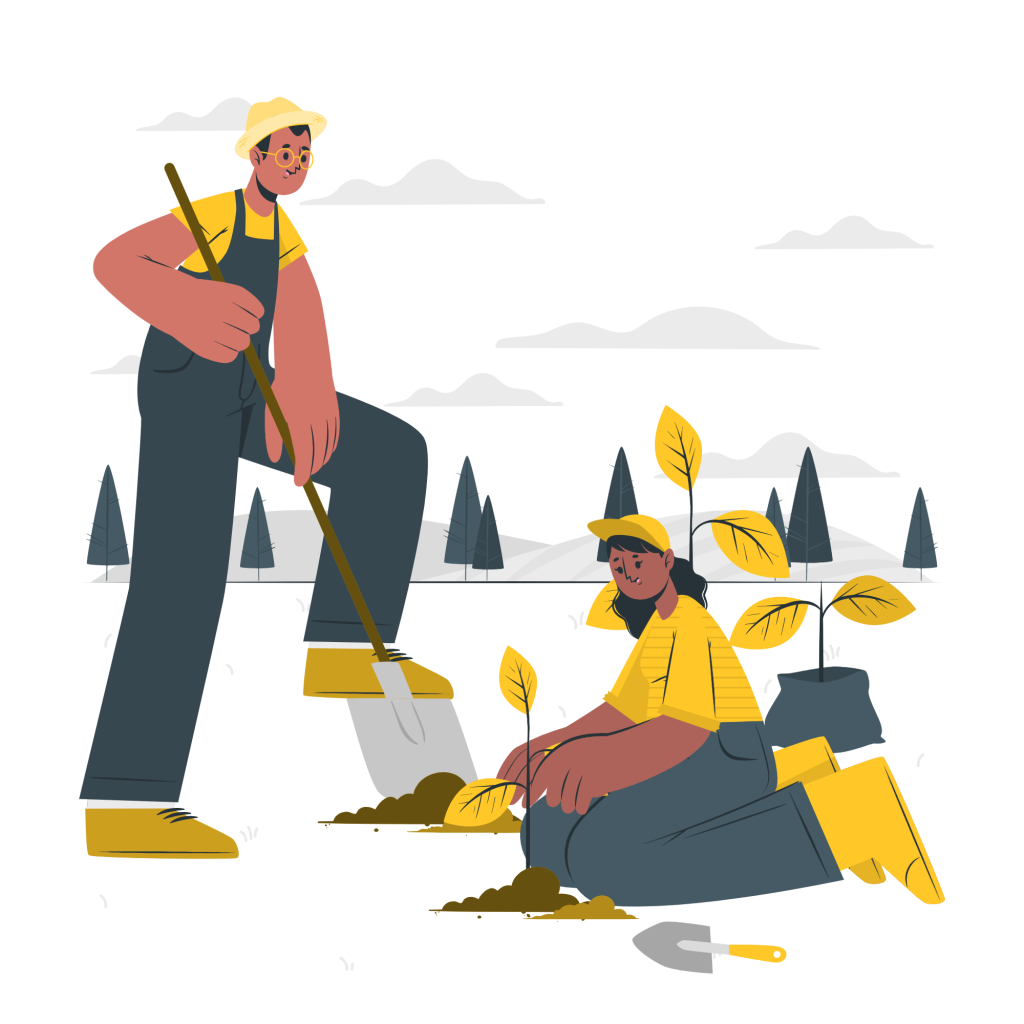
Agriculture and Planting
Yes. She loves to see me grow beans for her. I plant beans, plant corn and harvest corn and everything. And she says “wow, look what my friend can do.” So, for me, it's like a joy and remembering my childhood and it's also very beneficial.
Pico-Union Resident
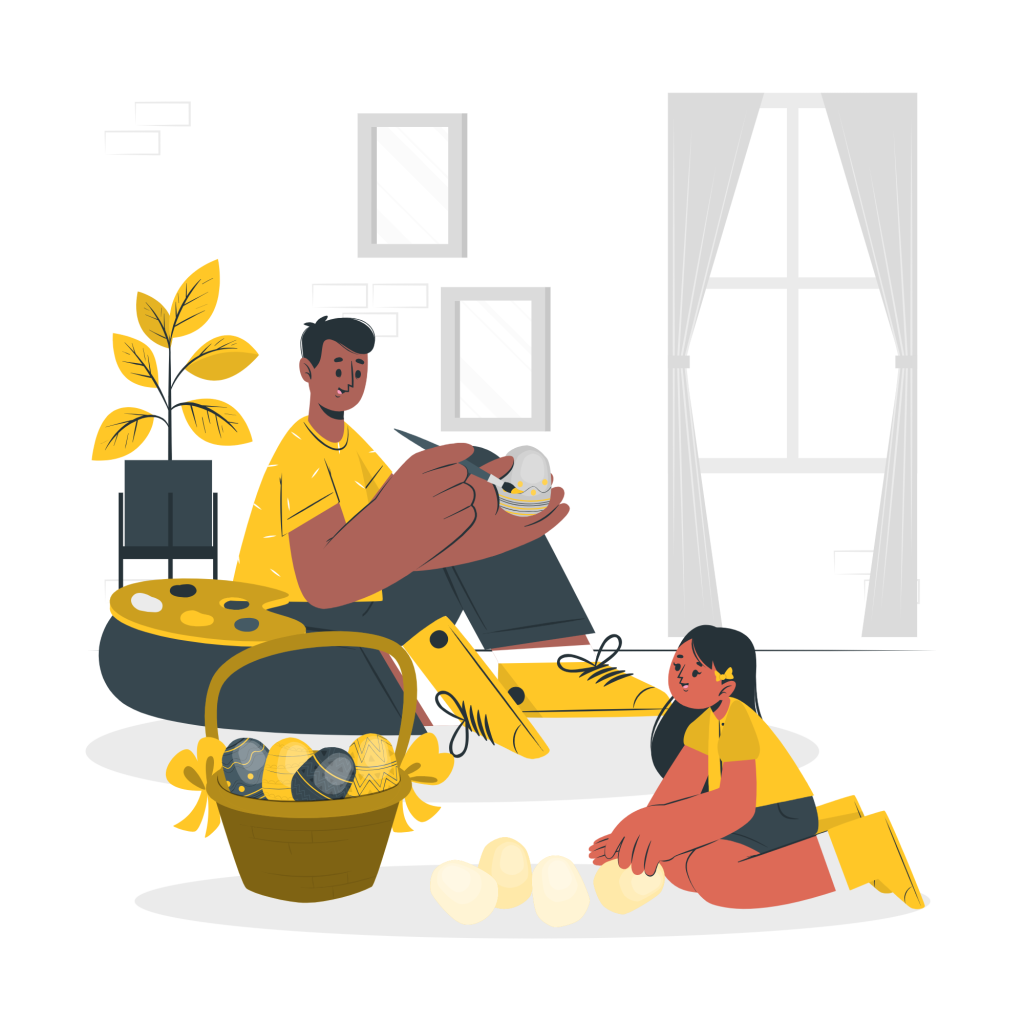
Crafts
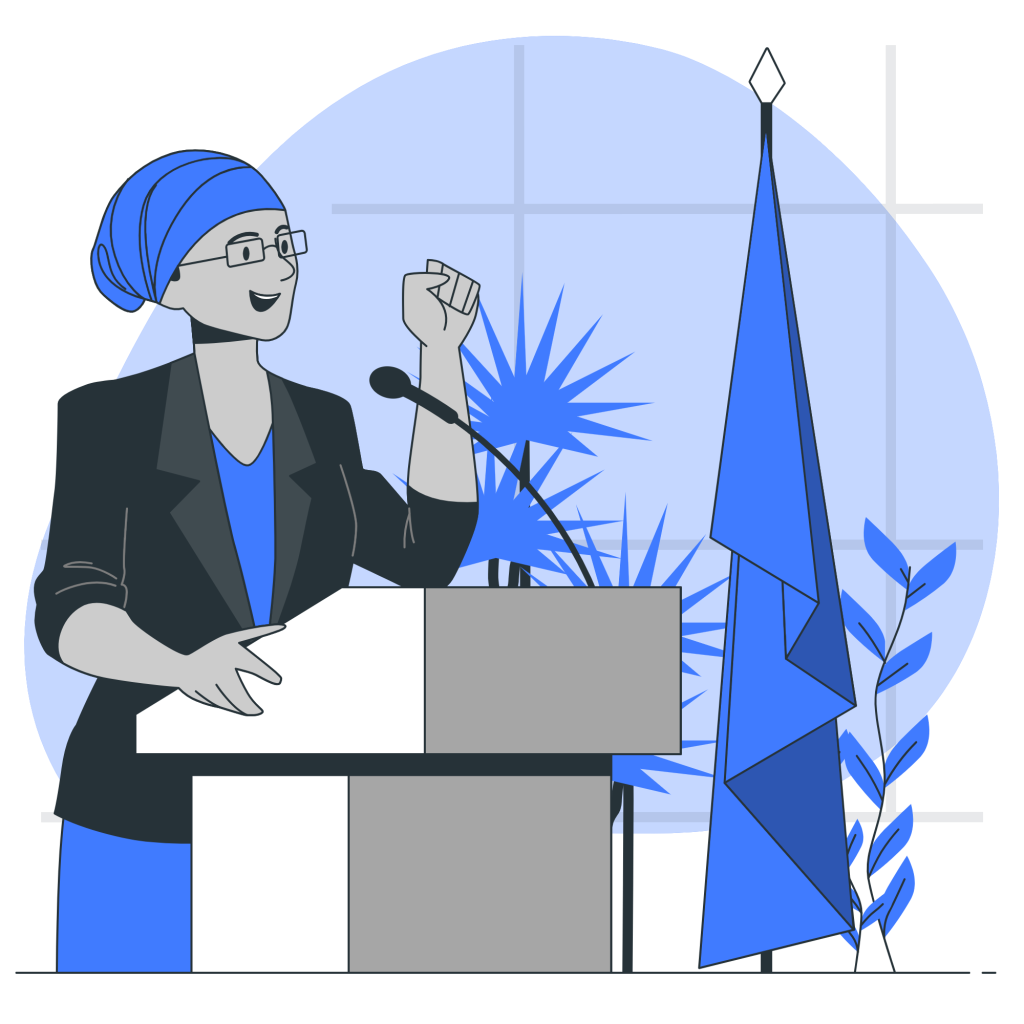
Organizing

Entrepreneurship
I love to cook to start in my country, the state sent me a scholarship to go study cooking for healthy schools which is nationwide, right? That was in my country. So, from there I loved cooking since I was little, but that helped me expand my head, my brain, to be able to do more things. So, for me it is very important.
Pico-Union Resident
Visions
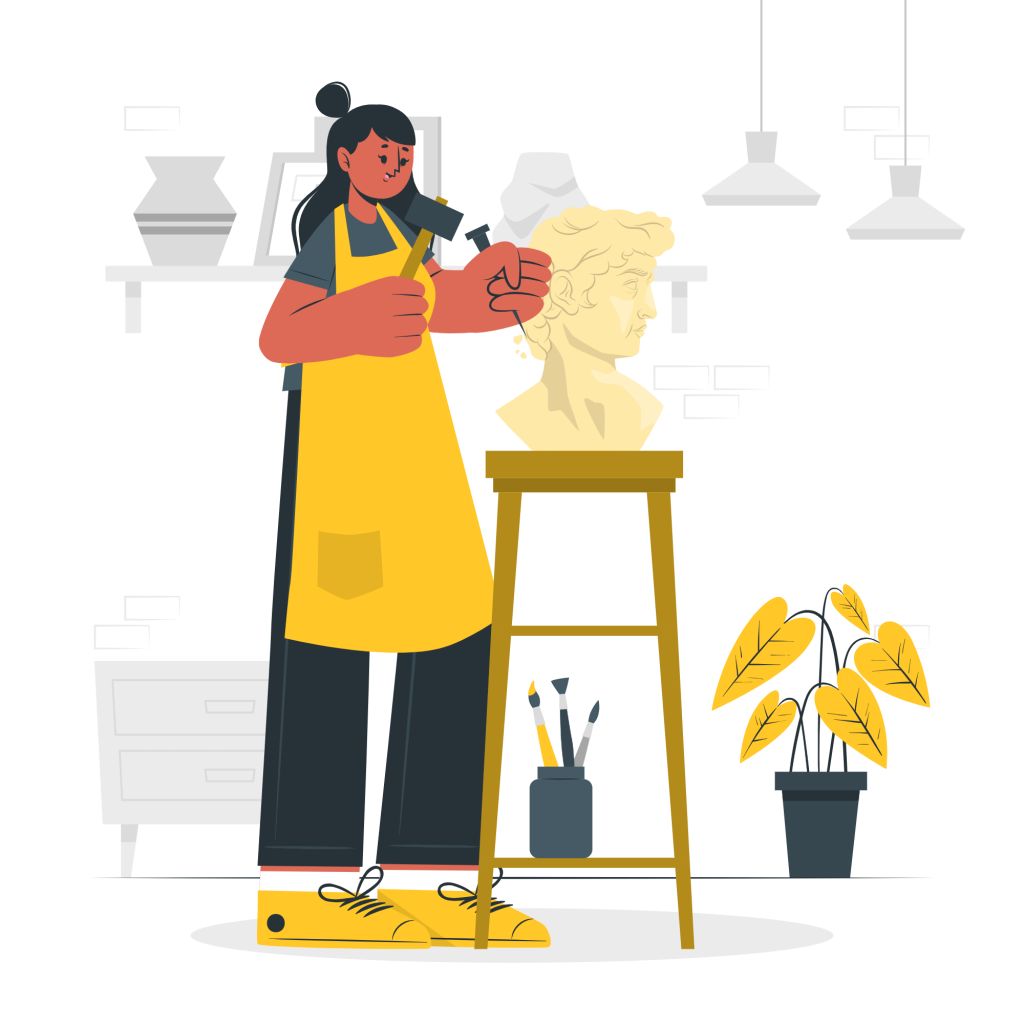
"Makers" Spaces
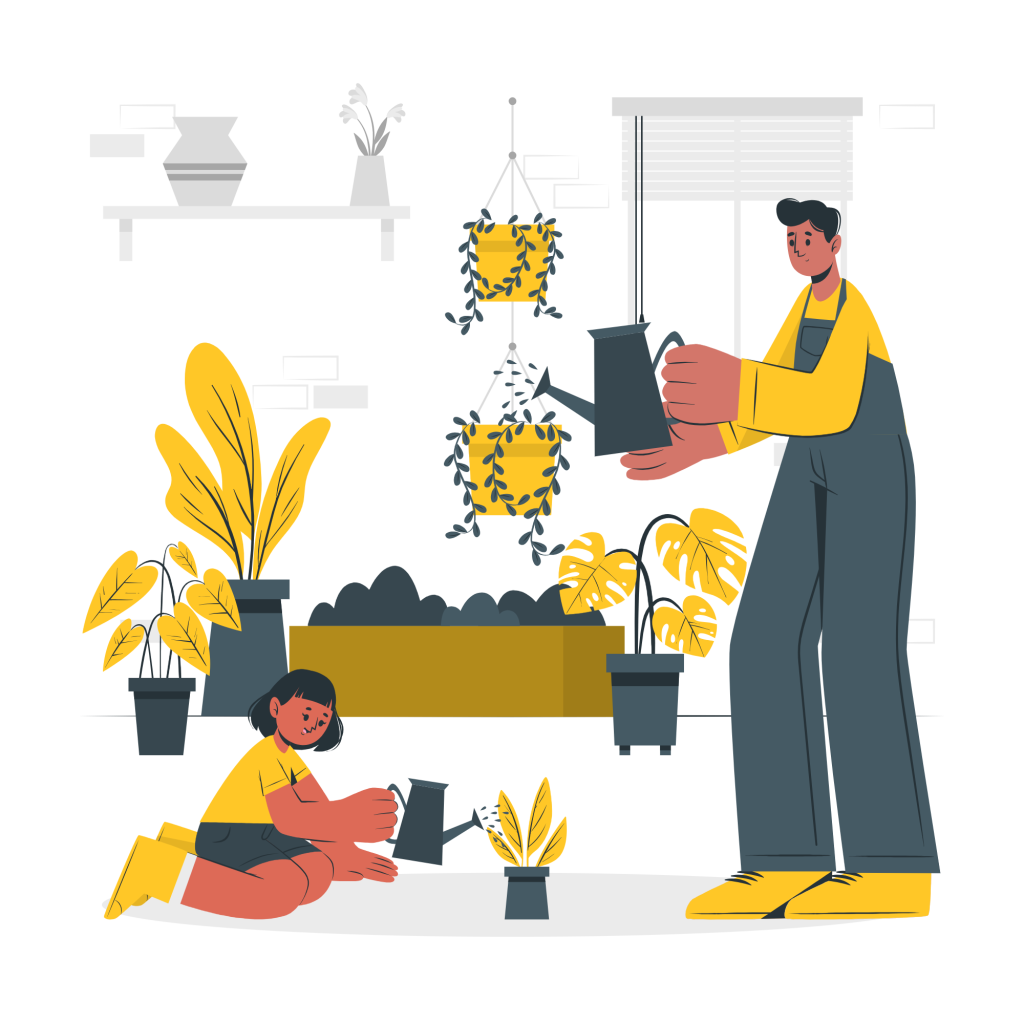
Cooperative Community Garden
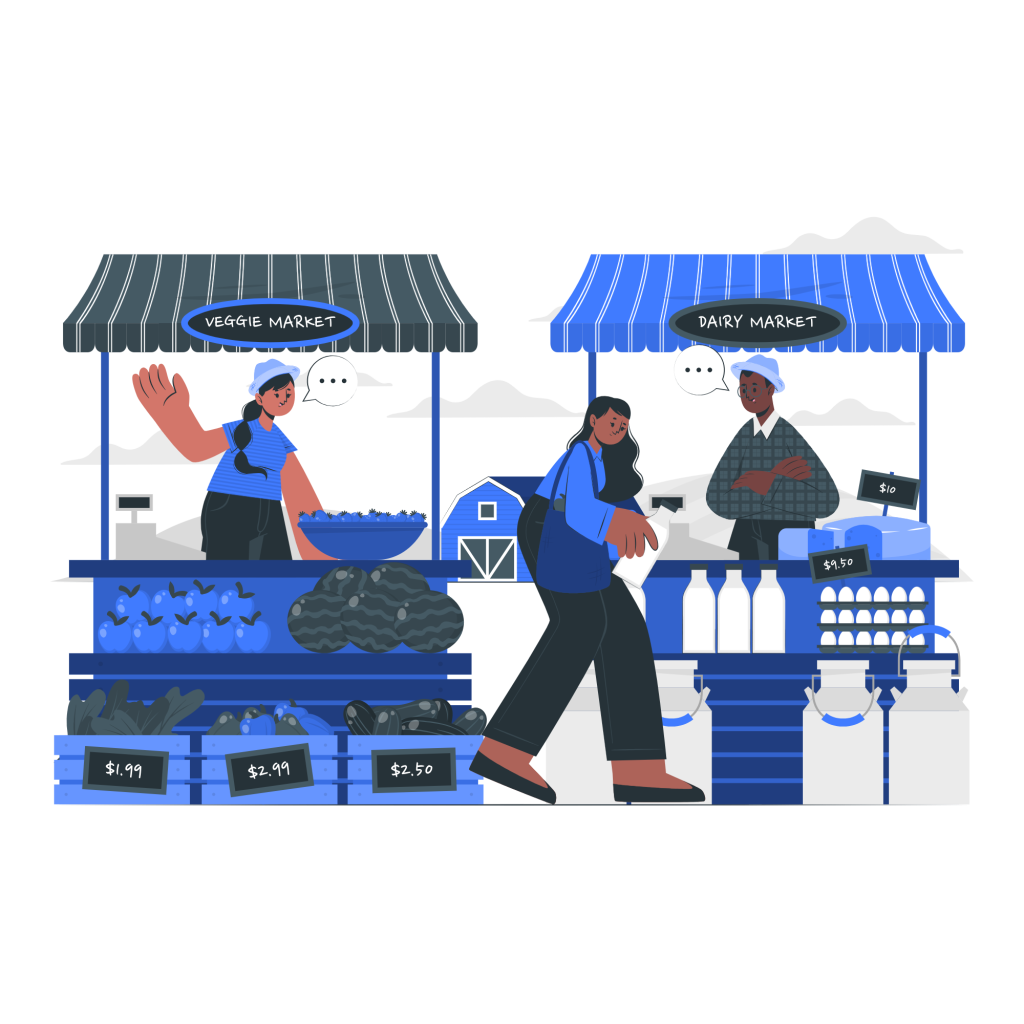
Night Market
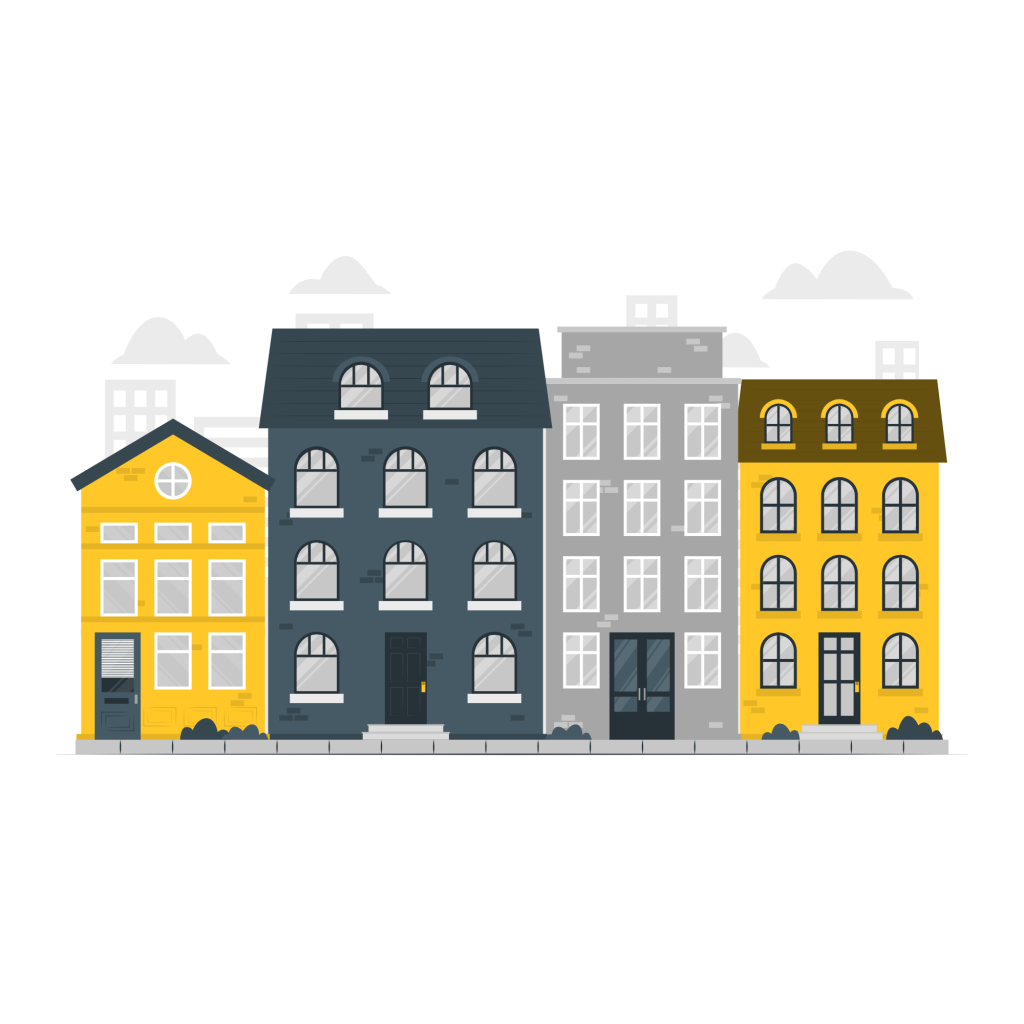
Community Housing
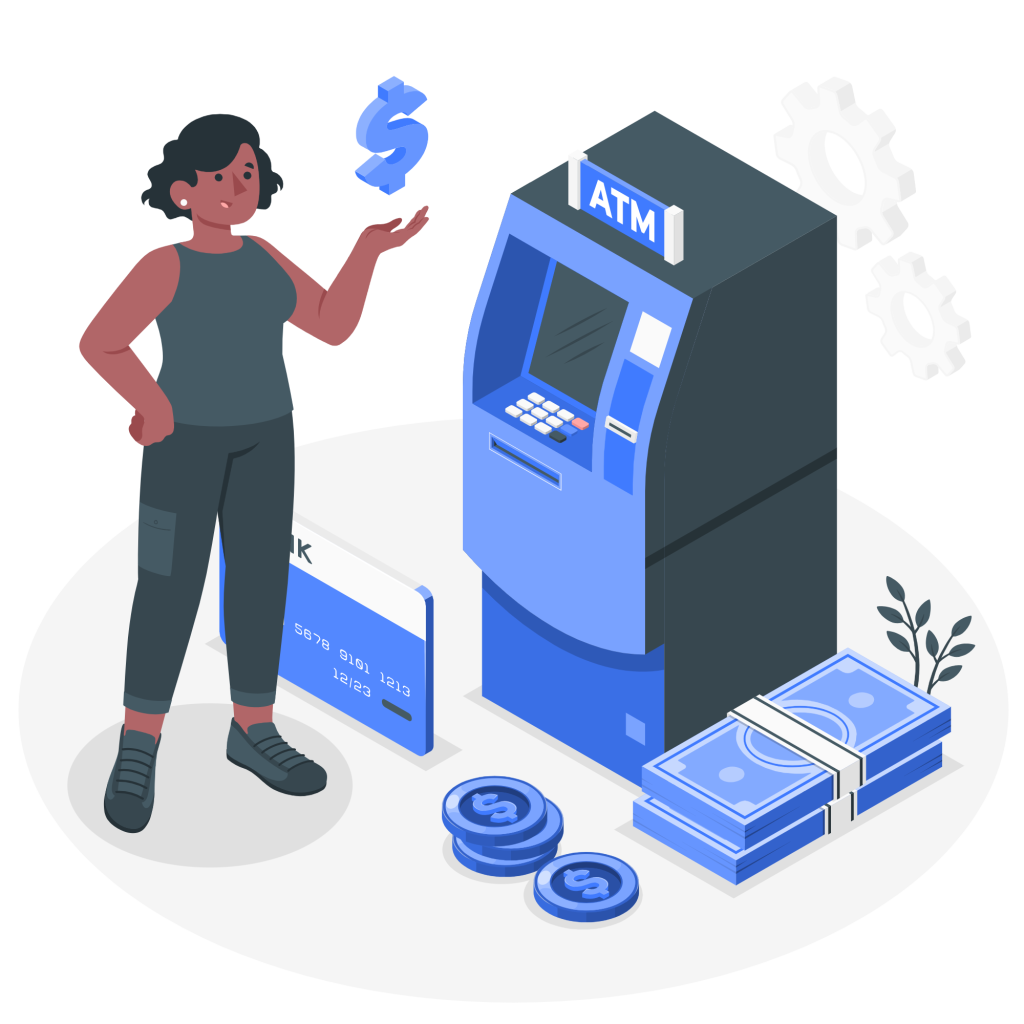
Community Banking
All Illustrations by Storyset
This data story will continue to be updated as the Community Care and Power Network in Pico-Union evolves! Come back to see new data soon.

Rediet Retta
Rediet Retta is an undergraduate student at the USC Price School of Public Policy studying public policy and data analytics. Her main research interests lie in urban planning, housing, transportation, and global development. Prior to her position as a research assistant at NDSC, she has worked as a research intern for the Los Angeles Alliance for a New Economy and she currently works as a library assistant at the USC Gould School of Law. Community organizing, research, and advocacy are at the center of her passions and educational endeavors.
Photo Attributions
All Photos Courtsey of United Way of Greater Los Angeles
All Illustrations by Storyset

